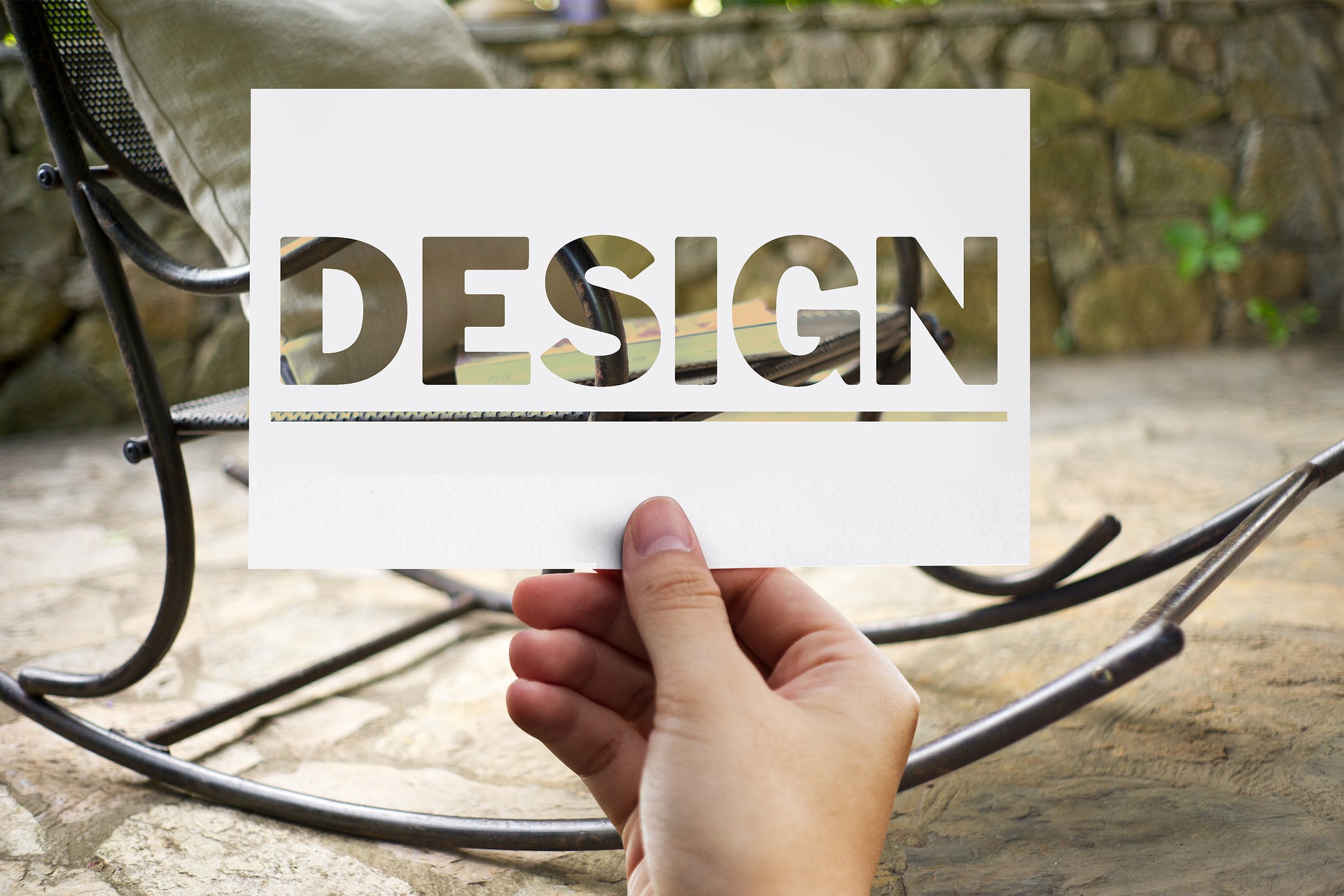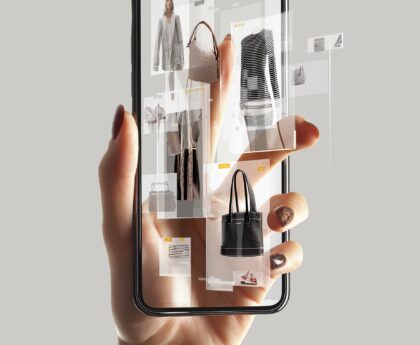Part of the job of a designer is to plan everything out before goods are actually produced. They prepare artwork or plans, which help people know what’s going to be made and what designs it will show. A designer is defined as someone who creates things of interest in a certain field. The more formal definition involves someone who has the skills necessary to create designs that are both intangibles and tangibles. A designer can be defined as anyone who creates tangible or intangible objects, products, processes, laws, games, graphics, services, and experiences.
You can’t just read 10 Ways to Become a Super Designer and become a designer. There’s a lot more that goes into becoming one than just reading. Consumption of information from all types of media creates a big impact in people’s lives. Whether you’re reading, watching movies or doing other types of activities, there is almost always something for you to learn about on the Internet. It’s important to be aware of the impact that your work may have, and to analyze and draw conclusions. In addition, you can build on the experience you gain in order to produce an even better piece later on.
Today’s designers have a difficult time providing insight and color to their work. They need software that can help them fill in the blanks on their creative process, but also provide them with the tools and knowledge to up their game.
A designer needs a teacher/director. This will help you tailor the correct materials to your personality and style of learning. A director will also be able to follow your design process and give you honest feedback on your work. Lastly, it can double as a collaborative relationship with good communication skills!
I feel an instant rush when I take a break, or when I do something that’s new and exciting. From time to time I want something new and different… I don’t want it to just be a momentary feeling of joy. Tomorrow you can start experimenting with the traditional Japanese art of gyotaku, which is imprinting a fish on paper. And now you can print fish on paper for a month or two, with great pleasure.
It would be great to develop everything from scratch one time, which is why we’ve established certain guidelines anchored with the company’s name and logo. It also allows you to develop a brand story that can appeal to customers across the board.
Without culture and literacy, you should not enter any kind of design. We know from experience that it can be difficult to produce meaningful work without having any real knowledge of design principles and principles behind an established style/medium/approach. Yet design is also a multifunctional and multicultural discipline. It not only allows you to customize your image and make your brand stand out, but it also can lead the way in new developments.
Arts can be targeted to people’s personal interests and desires. For example, a work of art might succeed with a single person buying it, but not necessarily over any long period of time or winning large audiences. Designs are often aimed at ordinary consumers or another particular group.
There are different styles of design, and although the designer might have personal opinions about some elements, it’s best to let your clients know what their expectations are. Designers who don’t put in any effort could be considered artists or something similar. Sometimes people need a break from the stress of trying to find meaning in their day-to-day lives. That’s why some design projects focus just on looking good or feel good.
Sometimes less is more, especially when it comes to design. One important example of this is perfume bottles. If you design a very simple bottle for an explosive scent, it might work for a certain audience and your design will be in the absence of design.
I believe that design is more than just skill. It is also about understanding the needs and expectations of your potential clients and your project’s functionality. In the end, it all comes down to two things: good analysis and the ability to create something worth looking at.
So how does the process actually work? Often, this is like a dialogue between a therapist and their patient or client. You are encouraged to immerse yourself in the problem and have concrete tasks at hand.
When developing a marketing strategy one must be aware of their client and analyze the problem they’re facing. This can be called psychological-marketing design.
Maybe not the best career choice for those who hate solving problems…or rely on people to solve problems for them. Too much responsibility and long hours may also be too much to take on! It can be difficult to reach a client in many large companies and feel like the designer is actually making an impact on the design. If you are looking for unique and effective solutions, it’s important to personally communicate with your clients. You don’t need to be the life of the party or someone who loves talking to everyone. A person should be interesting and challenging at content for it to appeal to you, and consistent hard work is key in your success. Design is a service sector and this is different from the service of, say, a taxi driver. For example, it’s service of a designer can be considered more skilled than that of a taxi driver who provides transportation services.
Designers often have trouble finding inspiration. Sometimes we just aren’t able to create lifesavings unless we’re full of information and emotions to start with. In any case, the designer has time allotted for both waiting for inspirations and solving problems.
When inspiration is absent, you can always rely on structure, information, and understanding of your audience. Your design will definitely come out well when all the variables are accounted for.
Even though this is a creative field, you need to learn how to use tools efficiently and be creative in order to do your job well. This can involve developing the ability to think analytically, to be able to create an innovative and functional design that people are actually coveting, you need to accumulate cultural and intellectual baggage in order to form the foundation of your design.




